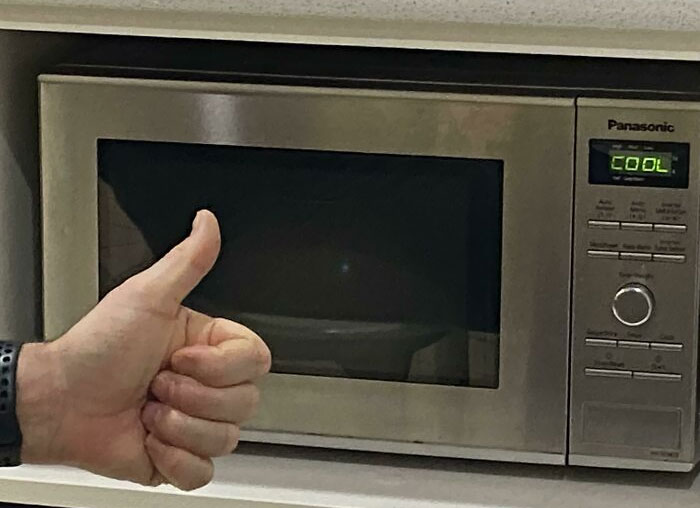During the two years I spent putting together my book A Masterpiece in Disarray: David Lynch’s Dune—An Oral History, I had no luck uncovering Lynch’s script for Dune II, despite Frank Herbert telling Prevue magazine in December 1984 that he possessed a copy and was advising Lynch on it. “Now that we speak the same ‘language,’ it’s much easier for both of us to make progress, especially with the screenplays,” Herbert told the publication. Then, in July 2023, within the Frank Herbert archives at California State University, Fullerton, I came across a slim folder with a sticky note declaring “Dune Messiah script revisions,” addressed to the second floor of VFX man Barry Nolan’s office in Burbank where Lynch supervised the final effects shoots and editing on Dune.
Inside the folder lay the stuff of fans’ dreams, never made public until now: 56 pages dated “January 2nd-through-9th, 1984,” matching Lynch’s “half a script” statement. Complete with penned annotations by Herbert, the Dune II script shows Lynch was still enthusiastic about the material, lending new significance to minor details in the '84 film. He also cracked a way to tell the complex story of Herbert’s 1969 novel Dune Messiah, easily the least cinematic book in the series due to its emphasis on palace intrigue over action, along with the inner turmoil of a reluctant dictator (Paul Atreides) in place of a traditional hero’s journey. It may ring of sacrilege to some, but Lynch’s Dune II would have bested Herbert’s book—and been one hell of a movie.

I’m one of the few people I know who truly loved Lynch’s version of Dune, especially because it was so fucking weird. I would really like to have seen this. 

Seconded.

That’s bad ass

